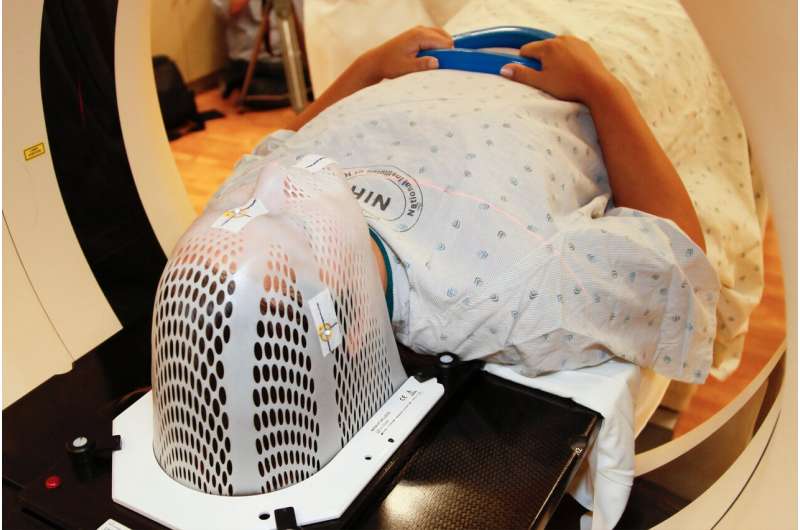Cell Membrane 'Power Surges' May Accelerate Cancer Progression

New research from Johns Hopkins reveals rhythmic energy waves on cancer cell membranes may accelerate tumor growth and offer promising targets for therapy.
Researchers at Johns Hopkins Medicine have uncovered new insights into how cancer cells generate and utilize energy to fuel their growth and spread. Their studies reveal that on the surface of cancer cells, rhythmic waves of energy-producing enzymes cluster and move in organized patterns, a phenomenon that challenges traditional understanding of cellular energy metabolism. These glycolytic waves, driven by enzymes that process glucose, may serve as indicators of cancer severity and progression.
In laboratory experiments involving human cancer cells, scientists observed that more aggressive tumors exhibited higher levels of these glycolytic waves. Their findings suggest that the intensity of these waves correlates with increased ATP production, the primary energy currency within cells. Notably, the team demonstrated that by disrupting the formation of these waves using specific molecules, they could significantly reduce ATP levels and impede cancer cell activity.
This discovery emphasizes the potential of targeting glycolytic wave activity as a strategy for cancer therapy. Moreover, measuring wave activity could become a standardized method for assessing cancer stage and aggressiveness across various subtypes, regardless of genetic differences.
Previously, it was thought that glycolysis—an abnormal energy pathway exploited by cancer cells—occurred uniformly throughout the cell's cytoplasm. However, the new research shows that these energy-generating processes are more organized and localized at the cell membrane, forming dynamic waves that drive local glycolysis and energy production.
The team used advanced fluorescent tagging techniques and high-powered microscopy to visualize enzyme movement, revealing a new layer of complexity in cancer cell metabolism. Their findings suggest that these glycolytic waves are linked to the cancer cells’ ability to grow rapidly and invade other tissues.
By inhibiting the formation of these waves, researchers noted a decrease in ATP production by about 25%, hinting that disrupting this process could slow tumor growth and limit metastasis. Future investigations aim to uncover exactly how these waves are generated at the molecular level and how they can be targeted effectively for therapeutic purposes.
This paradigm shift in understanding cellular energy production opens up new avenues for cancer diagnosis and treatment, possibly leading to the development of new drugs that interfere with glycolytic wave formation and activity.
Stay Updated with Mia's Feed
Get the latest health & wellness insights delivered straight to your inbox.
Related Articles
'One and done': A single shot at birth may provide long-term HIV protection for children
A new study reveals that a single gene therapy shot administered at birth can protect children from HIV for years, offering a promising strategy to reduce mother-to-child transmission in high-risk regions.
Rise in Drug-Resistant 'Nightmare Bacteria' Cases in the United States
The CDC reports a nearly 70% increase in drug-resistant "nightmare bacteria" infections in the US, driven by the rise of NDM gene-producing bacteria, posing a serious health threat.
RFK Jr. Calls for Re-Evaluation of Mifepristone, the Common Abortion Pill
U.S. health officials are reviewing the safety of mifepristone, a widely used medication for early pregnancy termination, amid ongoing political and legal debates. Experts call for evidence-based evaluation of potential risks and adverse events.
Advancements in Adaptive Radiation Therapy Enhance Safety and Quality of Life for Cancer Patients
Innovative adaptive radiation therapy techniques are improving the safety and effectiveness of cancer treatment, preserving patients' quality of life and expanding options for difficult cases like recurrent sarcomas.



